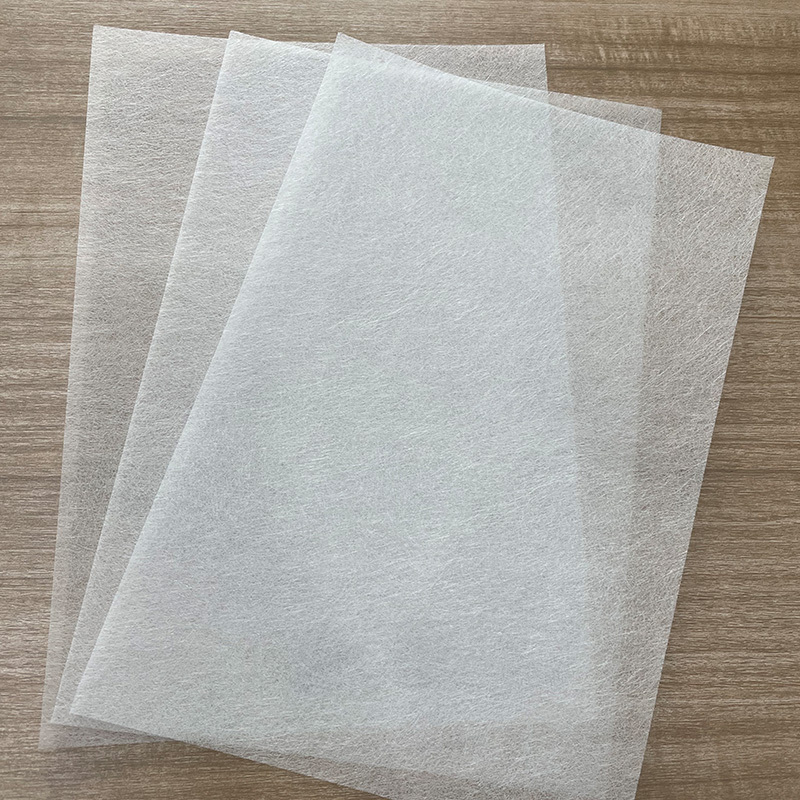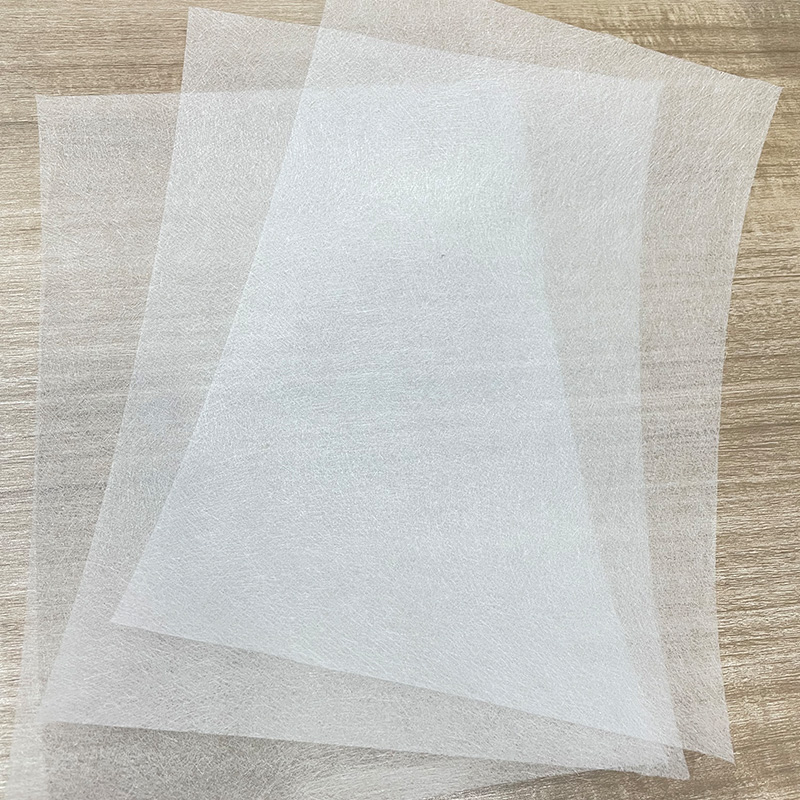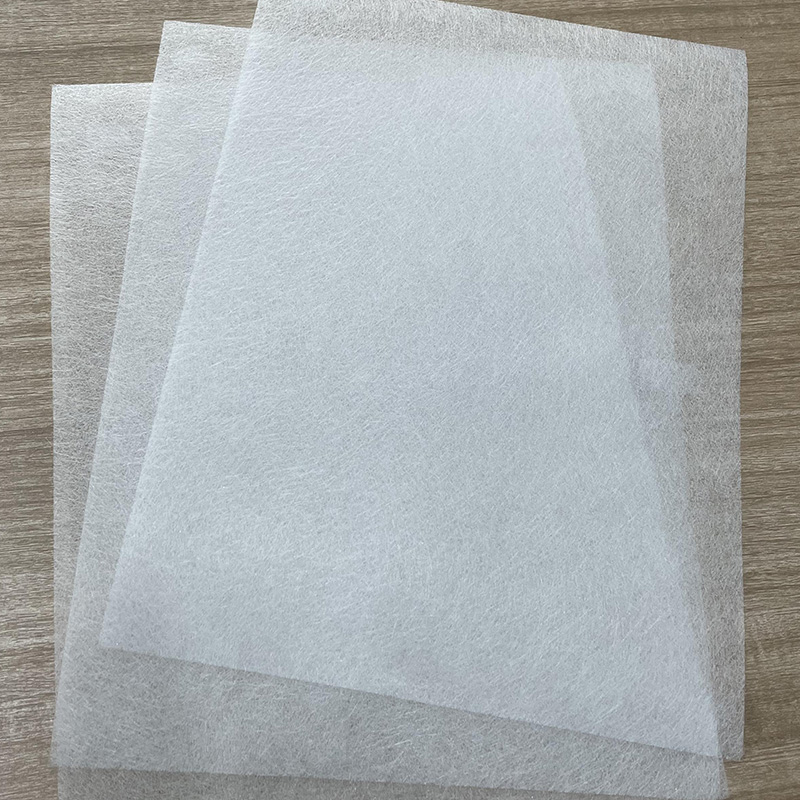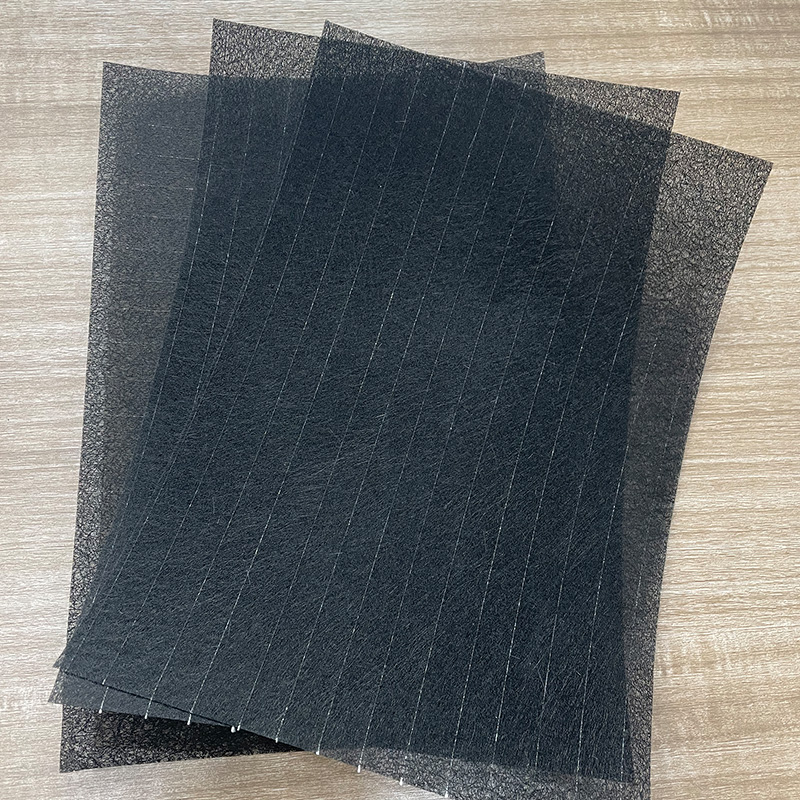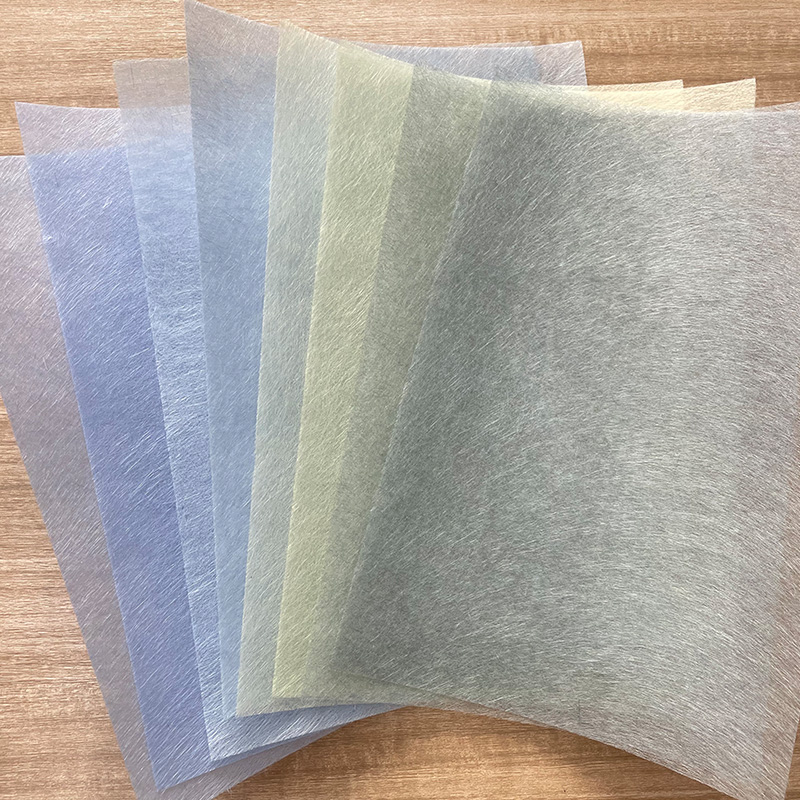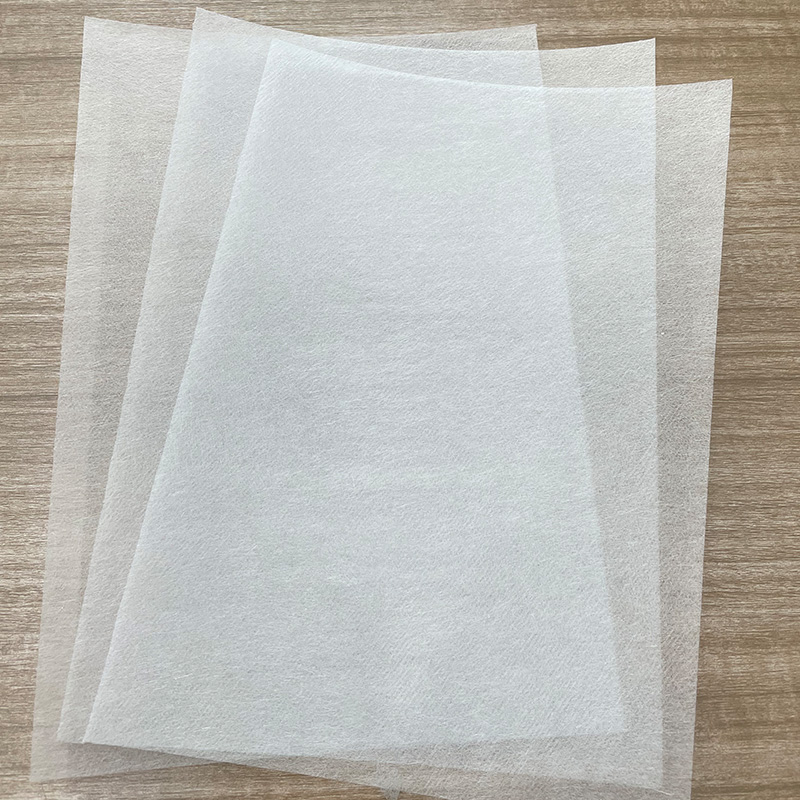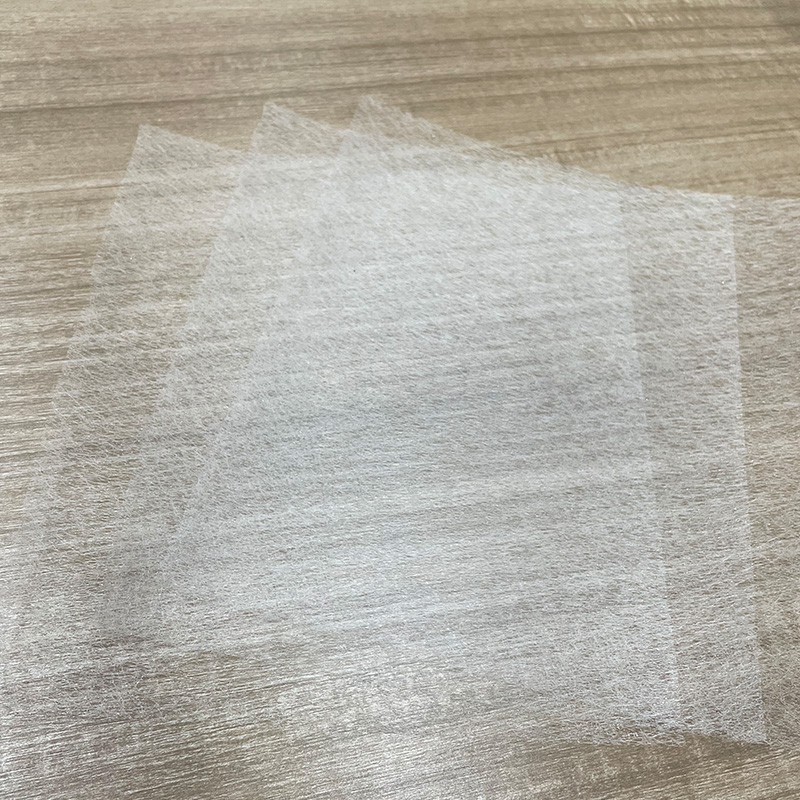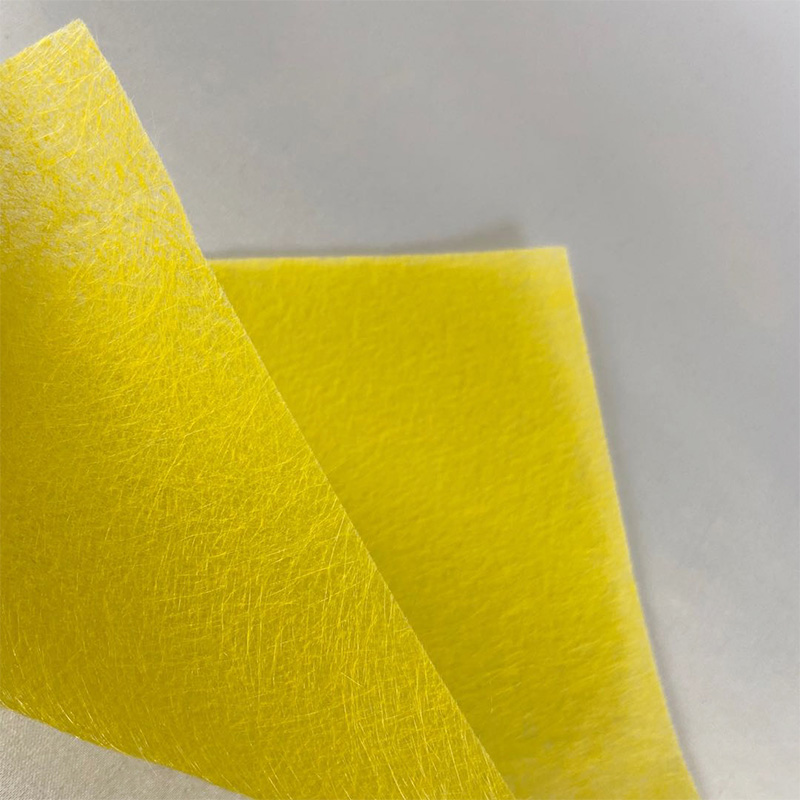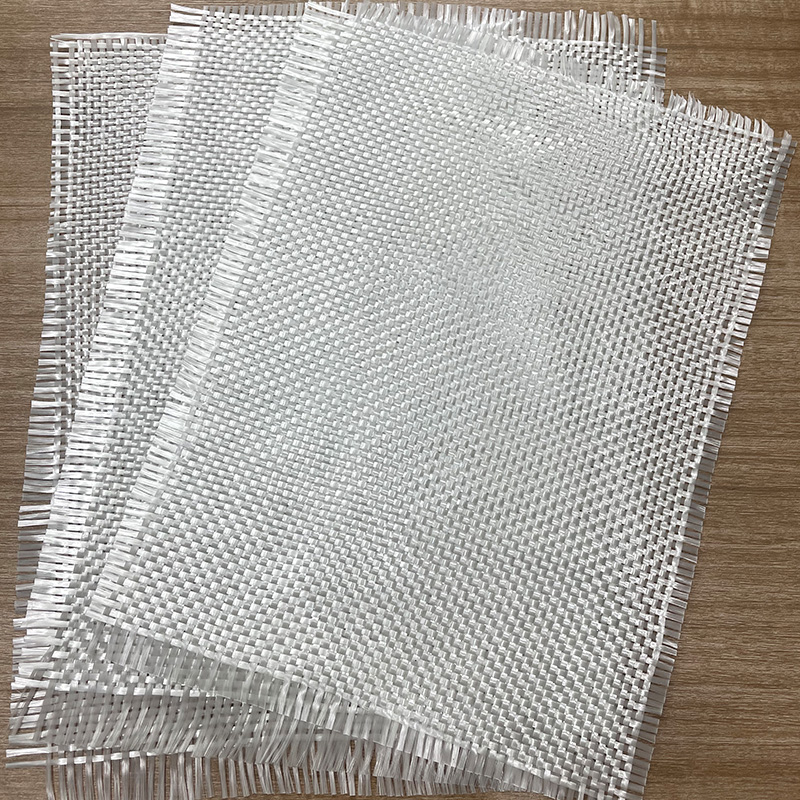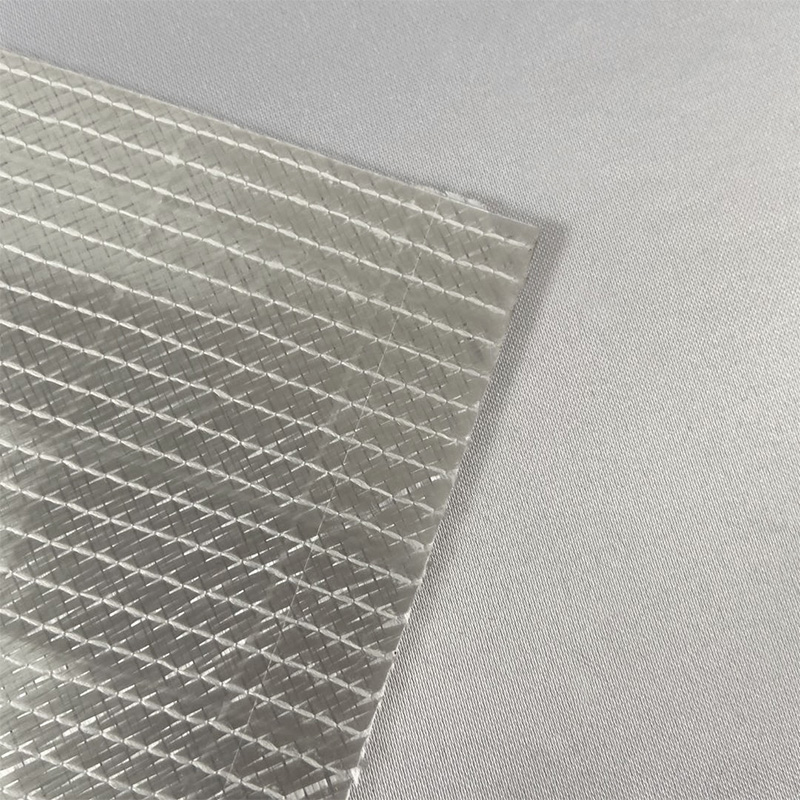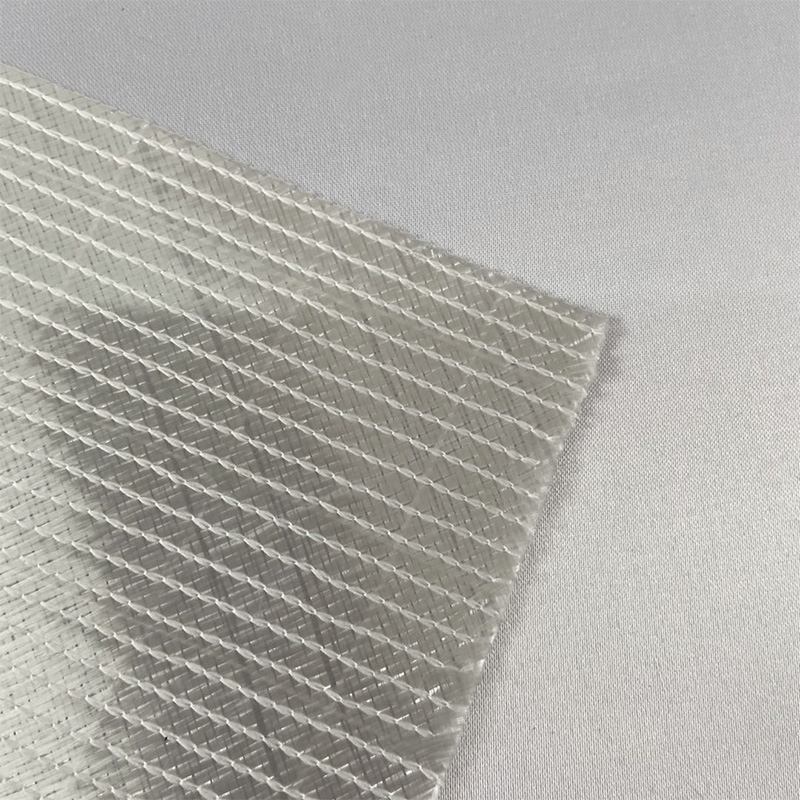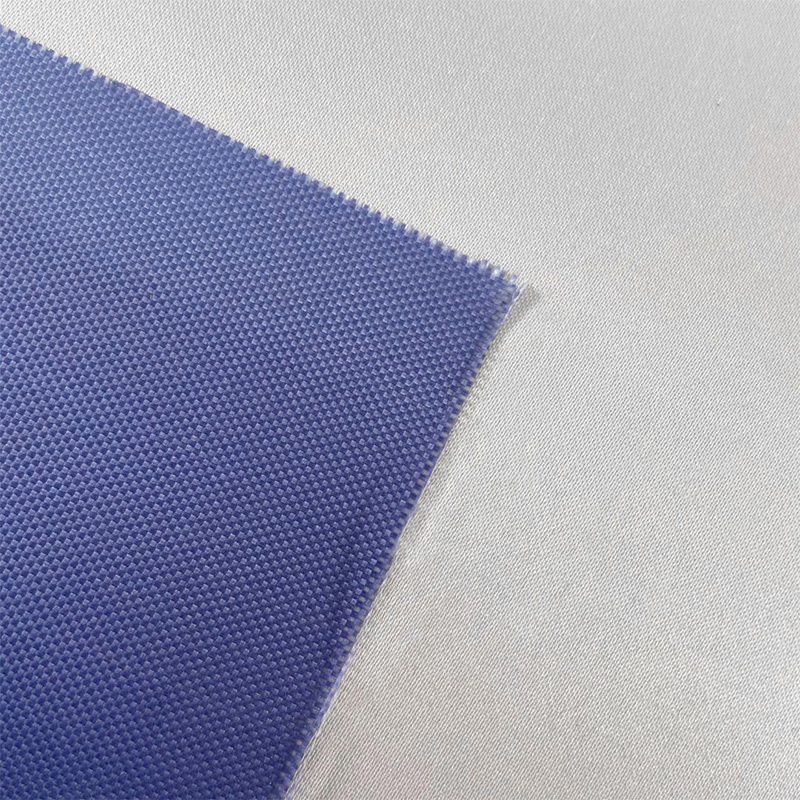1. Storage of fiberglass cloth
environmental choice
Glass fiber cloth is relatively sensitive to temperature, and long-term exposure to high temperature environments will accelerate its aging process and lead to a decrease in performance. Therefore, the temperature of the storage environment should be controlled within an appropriate range, and it is generally recommended not to exceed 30 degrees Celsius. At the same time, drastic fluctuations in ambient temperature must be avoided to avoid thermal stress on the glass fiber cloth and affect its structural stability. Humidity is another important factor that affects the performance of fiberglass cloth. A high-humidity environment can easily cause fiberglass cloth to absorb moisture, which can lead to mildew, corrosion and other problems. Therefore, the humidity of the storage environment should be kept at a relatively low level, and the relative humidity is generally required to not exceed 60%. In addition, the humidity status of the storage environment should be checked regularly to ensure that the humidity is controlled within a safe range.
Packaging and stacking
Packaging is a critical step in protecting fiberglass cloth from the outside environment. Since fiberglass cloth is hygroscopic and easily affected by humid environments, materials with good moisture-proof properties, such as plastic film or moisture-proof paper, should be used during the packaging process. At the same time, woven bags are also commonly used packaging materials. Their colors are generally non-white or gray, and the price varies depending on the color. White woven bags are usually more expensive, but cleaner and more high-end. For long-term storage of fiberglass cloth, it is recommended to use plastic packaging for inner packaging and white woven bags for outer packaging. This not only ensures the beauty of the product, but also effectively isolates air and moisture to prevent the product from getting damp. The stacking method is also an important factor affecting the quality of fiberglass cloth. During the stacking process, avoid overlying the fiberglass cloth or placing too heavy items on it to avoid indentation or deformation. At the same time, in order to maintain the smoothness of the fiberglass cloth and avoid wrinkles, folding or curling should be avoided as much as possible. If you do need to fold, make sure the folds are flat and avoid sharp angles or creases. In addition, the stacking area should be kept dry, ventilated and away from direct sunlight to prevent the fiberglass cloth from getting damp, aging or discolored.
Isolation and protection
Fiberglass cloth should be stored separately from other chemicals, sharp objects, etc. to prevent it from being contaminated or damaged. Obvious signs and warning signs should be set up in the storage area to prevent personnel from misoperation.
2. The use of fiberglass cloth
preprocessing
Before use, check whether the fiberglass cloth is intact and free of defects such as damage and stains. As needed, the fiberglass cloth can be pre-treated, such as cleaning, drying, etc., to ensure that its surface is clean and dry.
Cutting and processing
Use sharp scissors or knives to cut and avoid using blunt objects that can tear the fabric. During processing, care should be taken to avoid excessive stretching or compression to maintain its original physical properties.
Installation and use
According to the specific application scenario, choose the appropriate installation method and fixation method. Make sure the fiberglass cloth is flat, wrinkle-free, and fits snugly where you want it. During use, the fiberglass cloth should be protected from adverse factors such as mechanical damage, chemical corrosion, or high-temperature baking.
Security
Fiber debris may be produced during the processing and use of fiberglass cloth. Operators should wear protective equipment such as protective glasses, masks and gloves to prevent fibers from entering the eyes, respiratory tract or skin. Good ventilation conditions should be maintained at the operation site to reduce the concentration of fiber debris suspended in the air.
3. Maintenance and maintenance
Periodic inspection
Regularly inspect the fiberglass cloth, and any problems such as damage and aging should be dealt with in a timely manner.
Check whether the fixings are loose or damaged, and replace or tighten them in time if necessary.
Cleaning and maintenance
Clean the fiberglass cloth regularly to remove dust, oil and other impurities on the surface. When cleaning, use a soft, dry cloth or vacuum cleaner, and avoid direct rinsing with chemical cleaners or water. During the cleaning process, be careful not to use excessive force to avoid damaging the surface of the fiberglass cloth.
Proper storage and use of fiberglass cloth is critical to maintaining consistent performance and extending its service life. By following the above recommendations, you can ensure that fiberglass cloth performs optimally during use and provides reliable protection for various application scenarios.
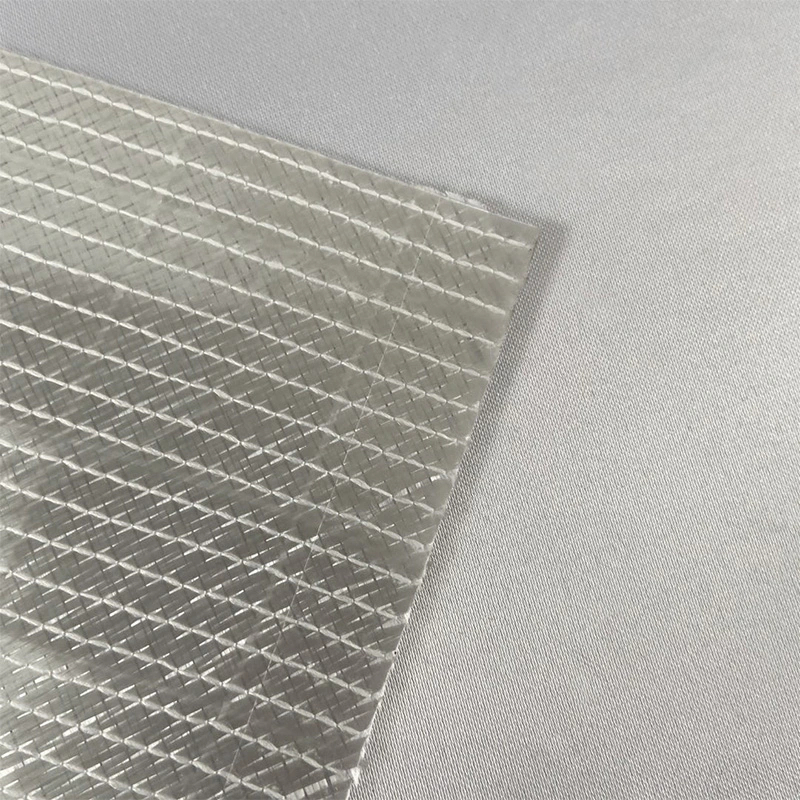

 English
English 中文简体
中文简体 русский
русский Español
Español